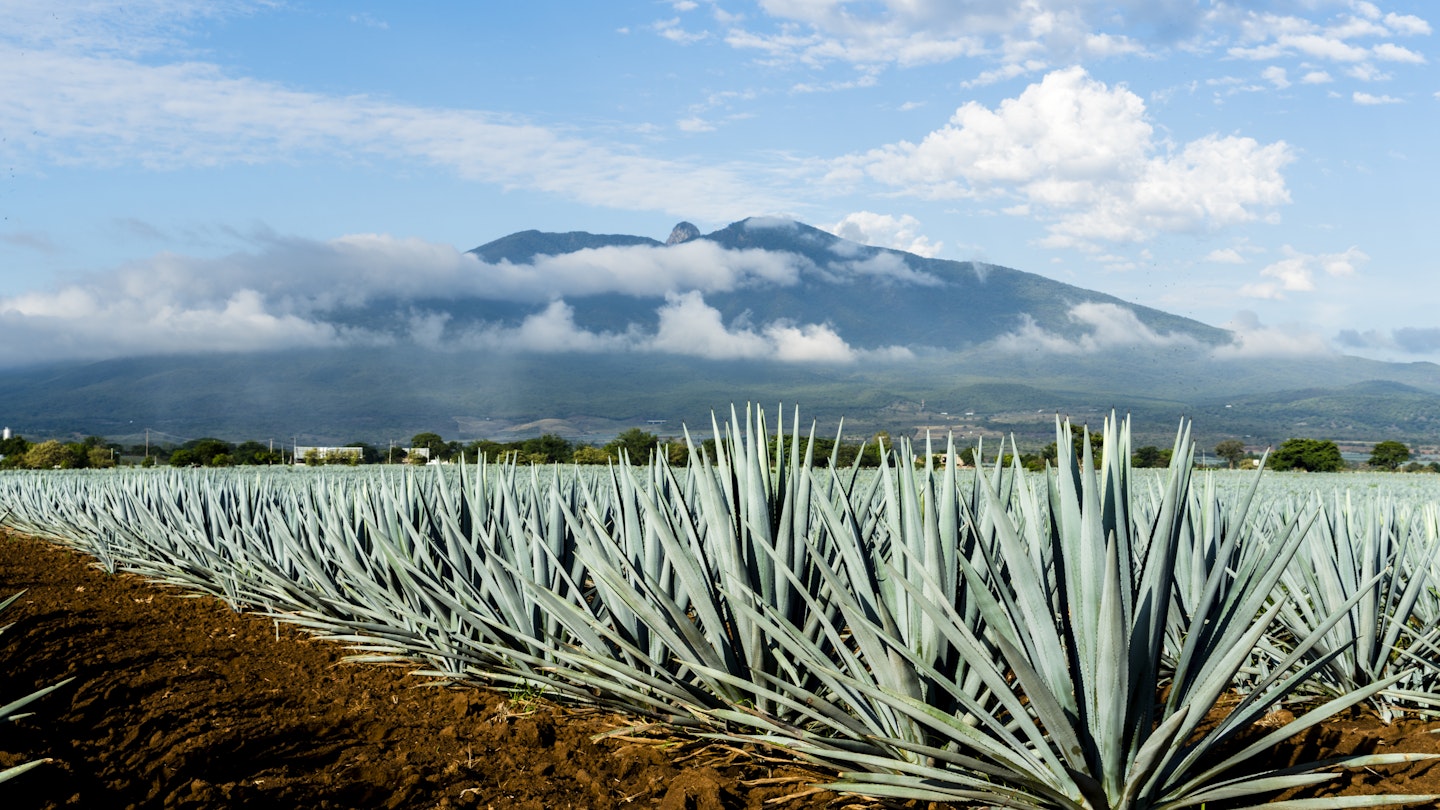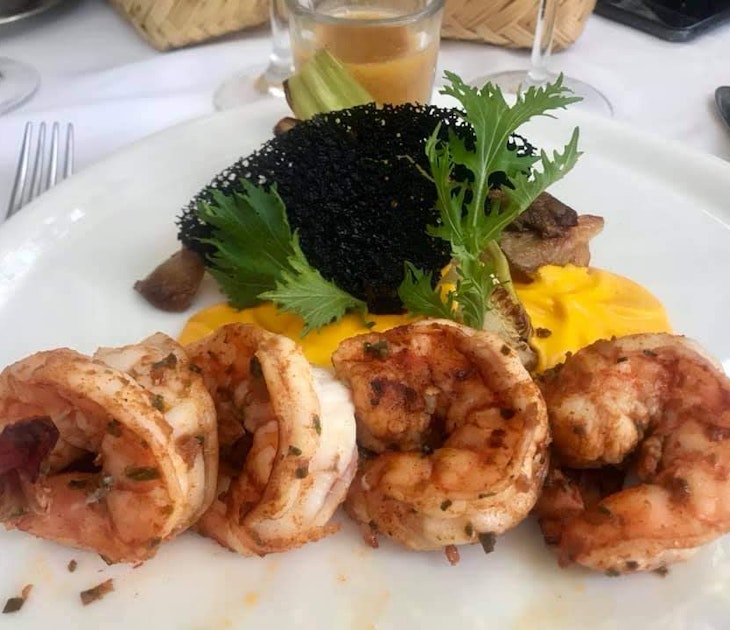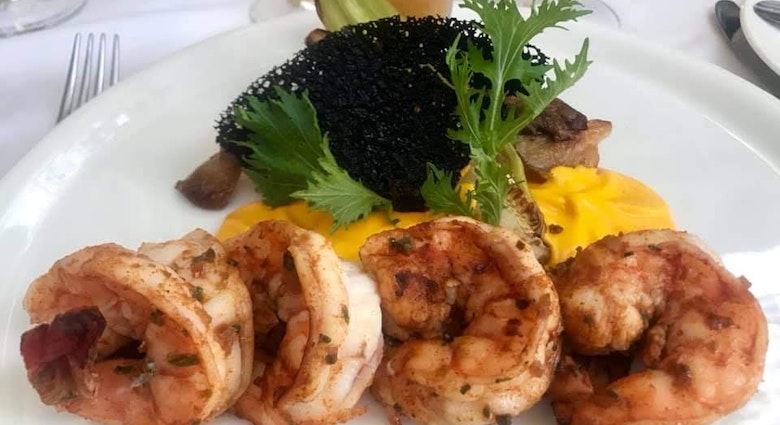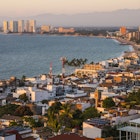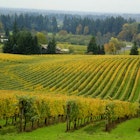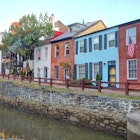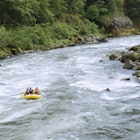Mexico’s booming tequila industry is growing fast. In Jalisco, you can have the fascinating experience of visiting a craft distillery for a taste of what made the drink so wildly popular in the first place.
So much more than a boozy getaway, the town of Tequila and its environs were declared a UNESCO World Heritage Site in 2006 due to the ancient production facilities and immense agave landscape. The region has been producing distilled agave spirits since the 16th century and fermented agave drinks, such as pulque, that date back at least 2,000 years.
Not surprisingly, agave beverages have very much become a part of Mexico’s national identity and you’ll find no better place to soak all that up than in the tequila capital of the world.

From plant to aromatic drink
One of the best ways to delve deep into tequila’s storied history, culture and production process is with a four-hour tour (MXN$1,300 per person) on the sprawling property of Tequila Fortaleza, which includes a guided distillery visit, a tasting session and lunch in a sublime blue agave garden.
Fortaleza produces one of the best tequilas on the planet, and though the brand is only 15 years old, the family has been immersed in the craft of tequila-making for five generations. Fortaleza remains a relatively small operation that focuses on what Fortaleza co-founder Guillermo Erickson Sauza describes as “a very clean, smooth tequila with no coloring and no additives.”
The tour offers an up-close look at what goes into producing tequila using traditional methods, such as elaborate handcrafted bottles and corks and implementing a tahona (stone wheel) mill for crushing the cooked agave. It’s that notably unhurried approach that makes all the difference.
“My grandfather had to close down the distillery because it was so inefficient, but we decided that this old inefficiency creates great taste,” Erickson Sauza says.
Fortaleza produces delectable blanco (white), reposado (aged for six months) and añejo (aged for at least 18 months) tequilas, and it now puts out a higher proof still-strength drink.
After the tour, grab a bite in the tranquil garden of the nearby Casa Salles restaurant, which doubles as a boutique hotel, then mosey on over to the main square where you can pop into the Los Abuelos tequila museum for additional historical background.
For a more personalized experience in tequila country, book an excursion with Experience Agave, a tour outfit founded by agave spirits guru Clayton Szczech. The company runs day trips to some of the region’s smaller independent tequila and raicilla palenques (small-scale producers).
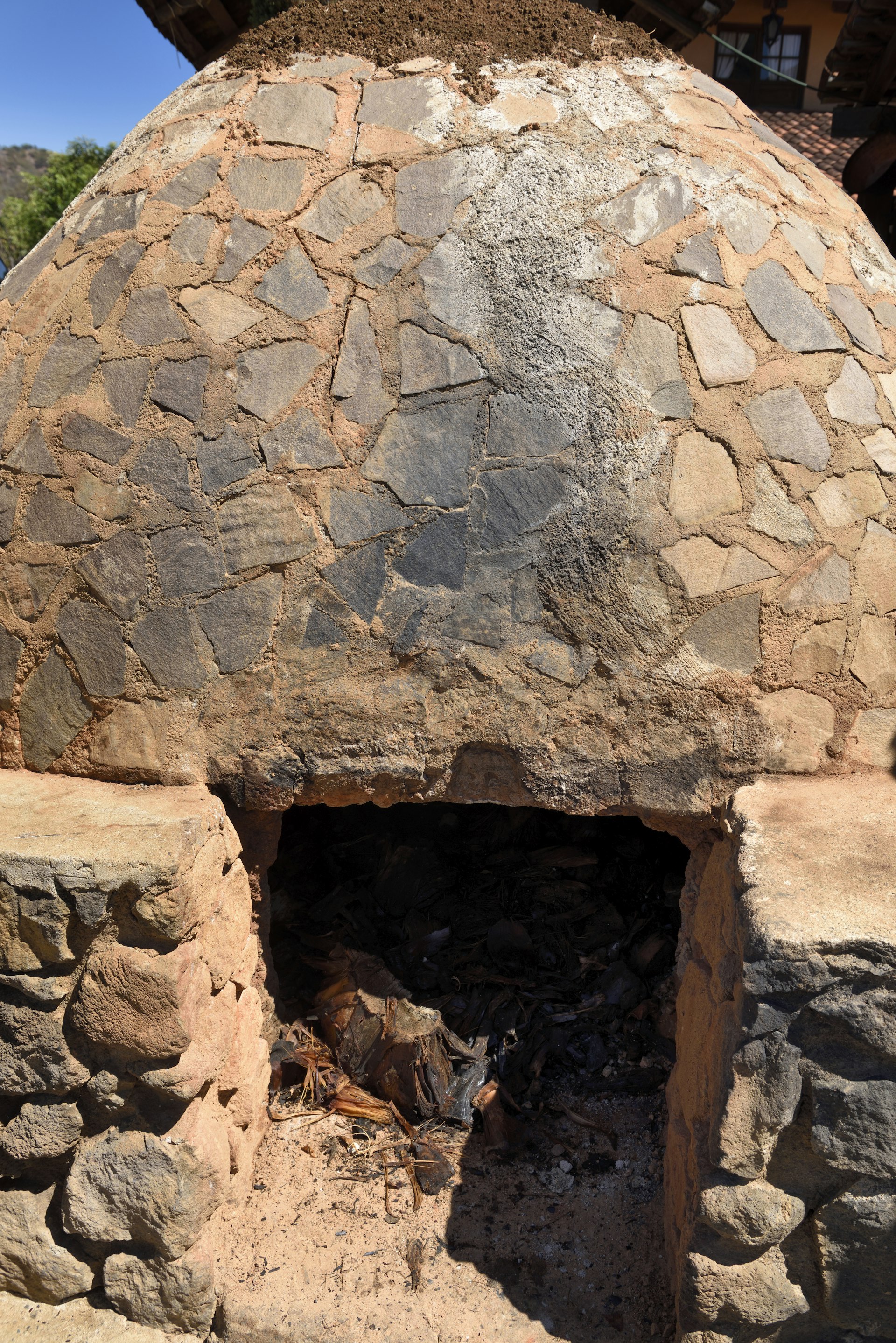
Tequila versus raicilla
The state of Jalisco produces both tequila and the less-commercialized raicilla. Both are distilled agave spirits, but raicilla falls more along the lines of a mezcal-type drink and the production process differs slightly.
When making raicilla, for instance, the agave plant’s piña (heart) is usually cooked in underground pits or clay ovens (as opposed to steaming it for tequila), hence raicilla and mezcal often have a smokier taste.
Another key difference lies in the types of agave used. While tequila is made exclusively from agave tequilana, aka blue agave, raicilla may be produced from a variety of agave plants, as is the case with mezcal.
You’ll find small raicilla distilleries along the road from Puerto Vallarta to the mountain village of San Sebastián del Oeste (Hacienda Don Lalín, just past El Puente de Cristal, makes a tasty one). Or head about 50km south of Puerto Vallarta to the small town of El Tuito and visit several family-run producers there.
Raicilla and tequila pack a punch (usually between 40-50 percent alcohol content) and they should be sipped slowly to savor the flavor of a process that requires at least six years (and often more) for the agave to fully mature.
Both spirits have denomination of origin status in Jalisco and in a handful of nearby states, meaning they can only be marketed as tequila or raicilla if they are produced in those territories. Similar region-specific criteria apply to mezcal, which has denomination of origin in 10 Mexican states.
As far as flavor goes, no two agave spirits taste alike.
“There are so many variables: geography, plant variety, weather, production process, the water,” says Vallarta Adventures tour coordinator Armando Cruz. “A coastal agave, for example, grows on more saline soil than a mountain agave but both are used for making raicilla.”
To get a sense of the range of flavors, Vallarta Tequila Tastings in Puerto Vallarta offers a ‘Spirits of Mexico’ tasting that allows you to detect the differences between tequila, raicilla, mezcal and two agave drinks hailing from northern Mexico (sotol and bacanora).

Where to buy agave spirits
Buying tequila and raicilla directly from the producers is the best way to assure that the money you spend stays in the local economy. Even if you’ve already picked up some bottles in Tequila it’s well worth the extra effort to add a ‘tahona blanco’ to your collection from indie distillery El Cascahuín, about 13 miles southeast of Tequila in the town of El Arenal. They also do tours if you reserve ahead.
If you can’t make it out to tequila country, liquor stores such as El Buho in Tlaquepaque (Guadalajara) and Vinos América in Puerto Vallarta stock Fortaleza, Cascahuín and other fine brands.
A great online source is Tequilamatchmaker.com, which features product reviews by experts, user ratings, news and the world’s most extensive tequila database.
How to get there
The town of Tequila makes for an easy day trip (one hour drive) from Guadalajara. Guadalajara has the closest international airport and frequent buses depart every two hours to Tequila from Guadalajara’s Central Vieja terminal. The Tequila train, aka the Jose Cuervo Express, runs excursions departing from Guadalajara that include a distillery tour, lunch and agave harvesting demonstration. San Sebastián del Oeste and El Tuito are best reached by car.
Further reading

